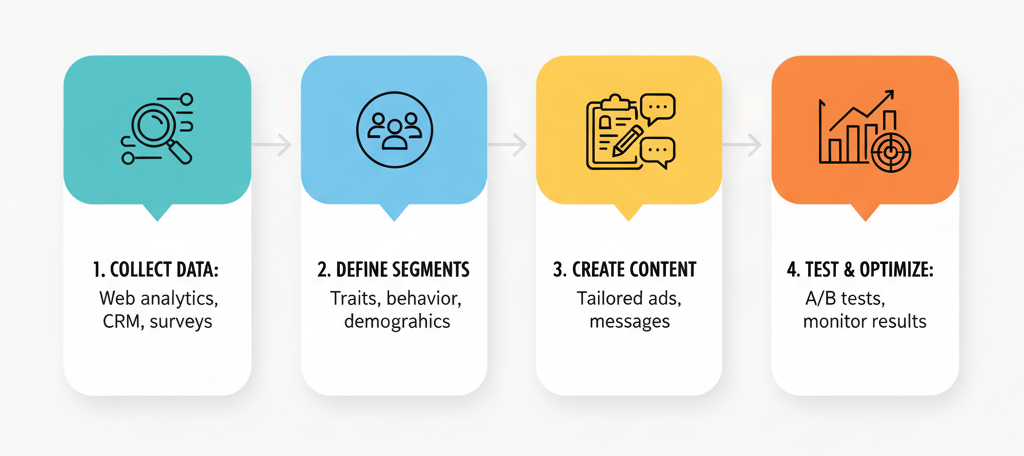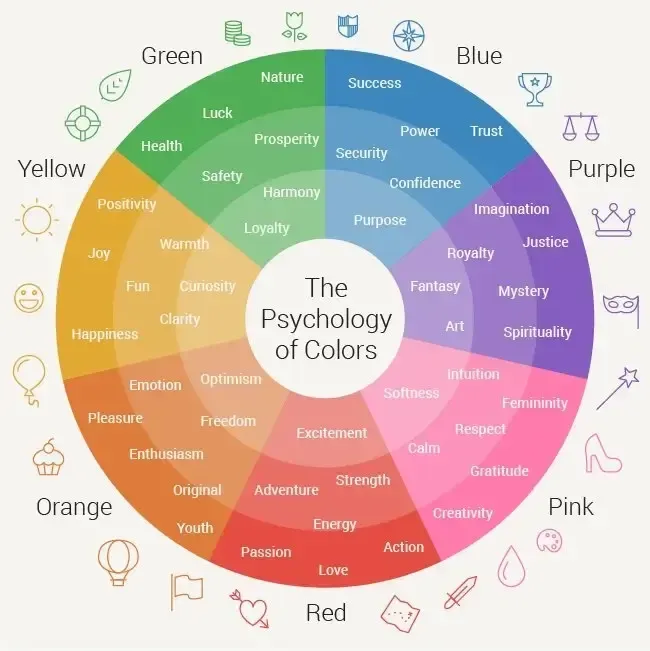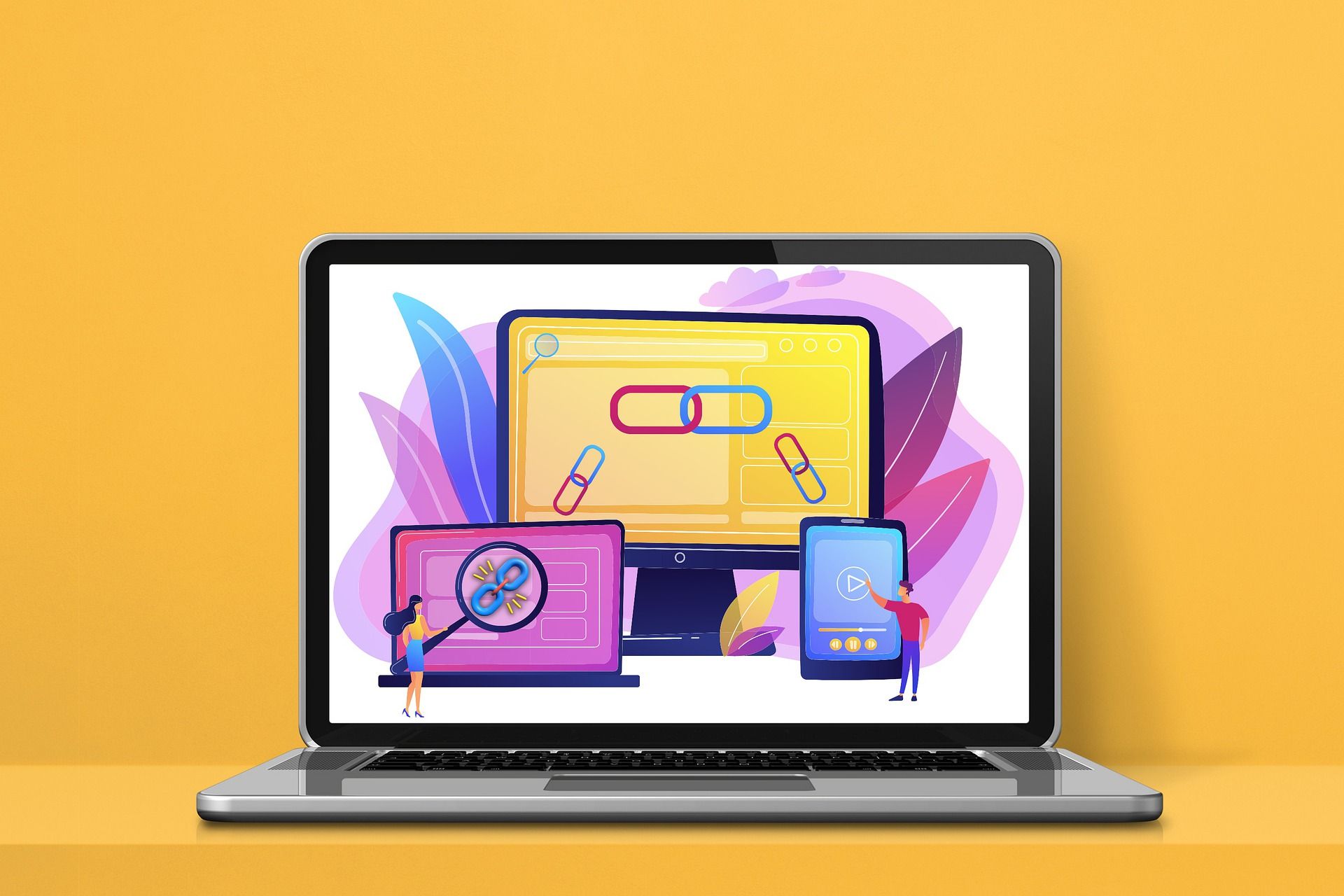The Benefits of Audience Segmentation for Online Advertising Campaigns
Reaching the right people with the right message is no longer optional in online advertising. Audience segmentation helps. It’s the practice of dividing your audience into smaller, defined groups based on shared characteristics. And it allows advertisers to connect with specific users and actually influence user behavior instead of broadcasting a generic message. This focused approach enhances engagement, increases conversions, and improves campaign performance. Let’s explore the benefits of audience segmentation and show how smart targeting can transform your advertising strategy.
What is Audience Segmentation?
Audience segmentation is the process of categorizing your potential customers based on characteristics that influence their behavior and decisions. These traits often fall into four main categories:
- Demographics: age, gender, income, education
- Geographics: location, climate, region
- Psychographics: interests, values, lifestyle
- Behavioral: past purchases, product usage, engagement level
By defining and targeting specific segments, advertisers can tailor messaging to address each group’s needs, motivations, and pain points. This method makes ad content more relevant and meaningful—two key ingredients in capturing attention and driving conversions.
Segmentation also helps teams prioritize. Instead of building broad messaging that tries to appeal to everyone, you can craft specific offers or campaigns for the highest-value customer segments. This approach not only boosts response rates but also makes better use of creative and development resources.

The Role of Data and CRM in Effective Segmentation
Segmentation only works if it’s based on accurate, organized data. Marketers rely on behavioral signals, demographic details, and interaction history to define useful audience groups. That’s where Customer Relationship Management (CRM) systems become essential.
CRM tools help collect, manage, and analyze customer data from various sources. By consolidating this data, marketers can spot patterns and design segments that reflect real-world behavior, not just assumptions. For instance, knowing which products a customer has viewed, clicked on, or abandoned in a cart gives you far more insight than simple demographic information.
Integrating CRM tools into your advertising strategy helps centralize customer information, enabling more accurate segmentation. This highlights the importance of CRM in marketing, especially when personalization and timing are key to campaign success. CRM-backed segmentation ensures that messages are not just targeted, but also timely and relevant, increasing the impact of every ad.
Strong CRM systems also enable real-time segmentation. You can trigger ads based on user behavior within minutes, ensuring your message reaches the audience when interest is highest. That responsiveness is critical for campaigns that rely on speed, like limited-time offers or retargeting efforts.

Key Benefits of Audience Segmentation
Let’s explore how segmentation directly improves ad performance. Here are the core benefits of audience segmentation for digital campaigns.
Better Personalization
One of the most immediate outcomes of segmentation is improved personalization. Instead of serving a one-size-fits-all ad, marketers can craft specific messages for each group. A 45-year-old parent browsing parenting blogs will likely respond to different messaging than a 22-year-old gamer on YouTube. Personalization makes audiences feel understood and increases the likelihood of a response.
You can also personalize based on behavior. If someone has shown interest in a particular product category, your ads can reflect that interest immediately. This connection between past behavior and new messaging is one of the most effective applications of segmentation.
Higher Conversion Rates
When people see content that directly relates to their interests and needs, they’re more likely to act. Segmented campaigns tend to drive better click-through rates and more conversions because they’re more relevant. Whether it’s a product recommendation based on past behavior or an ad customized to someone’s location, these small adjustments have a measurable effect.
Research shows that conversion rates can improve immensely when ads are properly segmented and personalized. One study on the implementation of AI in audience segmentation found that it improves conversion rates by almost 10% among high-value customers.
Improved Return on Ad Spend
Ad budgets are finite, so spending wisely is critical. Segmentation helps marketers reduce waste by focusing on ideal customers who are more likely to convert. Instead of casting a wide net, campaigns target specific, well-defined groups. This improves efficiency and boosts return on investment (ROI).
For example, a skincare brand could create one campaign for teenage customers dealing with acne and another for older users focused on anti-aging. By doing so, the brand avoids irrelevant impressions and maximizes every dollar spent.
Segmentation also allows for better channel selection. If one audience segment spends more time on Instagram and another on LinkedIn, your media budget can be distributed accordingly. That level of refinement is only possible with clearly defined audience groups and reliable behavioral data.
How to Apply Segmentation in Your Campaigns
Starting with segmentation isn’t complicated, but it does require a plan. Here’s a step-by-step approach to help you get started:
- Collect the right data: Use web analytics, CRM tools, and customer surveys to gather detailed information.
- Define your segments: Identify which traits matter for your campaign—age, behavior, device usage, or something else.
- Create custom content: Develop ad variations that speak directly to the concerns and motivations of each group.
- Test and optimize: Monitor which segments perform best and tweak campaigns based on results.
Platforms like Google Ads and Meta Ads Manager offer built-in tools to define custom audiences and run A/B tests, making the process easier to manage. The more you test and refine, the
higher ROI you’ll get on ads. And your segmentation strategy becomes more effective over time.

Common Pitfalls and How to Avoid Them
While segmentation is powerful, poor implementation can limit its value. Here are common mistakes to watch out for:
OVER-SEGMENTATION
_______________________________________
If you create too many niche segments, you may stretch your resources too thin. Focus on the segments that offer the highest value, and avoid micro-targeting groups that won’t significantly impact your results.
IGNORING DATA GAPS
_____________________________________
Your segmentation is only as accurate as the data it’s built on. Incomplete or outdated information leads to inaccurate targeting. Regularly update your CRM system and audit your data sources for quality.
PRIVACY & COMPLIANCE RISKS
_______________________________________
Make sure your segmentation practices comply with privacy laws like GDPR or CCPA. Transparency in how you collect and use data builds trust with your audience and protects your brand from legal trouble. Always allow users to opt out of tracking and data collection where applicable.
[THE TAKEAWAY]
Is Audience Segmentation Important?
The benefits of audience segmentation are clear: more relevant ads, better conversions, and smarter use of your budget. When backed by organized customer data and the right tools—especially CRM systems—segmentation becomes not just a feature but a foundation of successful advertising. As competition for online attention grows, targeting the right people with the right message at the right time is no longer optional. It’s essential for performance, growth, and long-term success.
If you need more help or deeper professional guidance, please feel free to contact us today.












